Four components of {YEL!} STEM classes using LEGO® bricks

A LEGO Story
There I am teaching the same YEL LEGO STEM pulleys class I’ve taught dozens of times before. You know, the one with the rotating clown face. The kids are doing great. The projects are getting finished and this genius of a first grade girl comes up to me and shows me some modifications she has done. She comes up to me and says, “Super LEGO Dude (the moniker I use when teaching LEGO), look what I did.”
She had taken the LEGO project, criss-crossed the pulley belts and adjusted the project so the clown face features were rotating in opposition rather than tandem! Now, at this point I had taught this LEGO project to hundreds of students. She was the first one to think completely outside the box and adjust the project to make that happen.
This is the type of exercise young, creative students can get out of LEGO STEM programming.
YEL has been blessed to work with so many children throughout Minnesota, Wisconsin, Iowa and Colorado. Our LEGO programs have introduced thousands of students to the six simple machines (gear, wheel and axle, lever, pulley, wedge and inclined plane) through building, exploring and playing with a variety of LEGO products.
YEL MISSION
Our teacher’s goal is the same no matter the LEGO project, the simple machine concept, the age range or the school. That mission is to engage youth to THINK, LEARN and PLAY WELL. To meet this mission, every LEGO class has four components:
• Teach It!
• Build It!
• Explore It!
• Play It!
TEACH IT!
The Teach It! time is highly interactive and engaging. The teacher is posing questions and students are rifling answers right back at her. Questions like: What is a gear? Where are gears found in the world around us? Can you think of anything you used today that has a gear in it?
Then the teacher introduces the project or projects for that day, taking note of when the students should stop and explore the project more closely.
Once finished with the brief lecture and introduction, the students move on to…
BUILD IT!
Build It! time is when the students (wait for it…waaaaaiiiiittt for it…) build their project(s). Our favorite part of this is the Build It! part of class essentially becomes a sewing circle for LEGO builders.
• “Did you see the latest Ninjago episode?”
• “Who’s better at flying, Jengo Fett or Boba Fett?”
• Eric: “What’s the air-speed velocity of an unladen swallow?”
° Jerry: “African or European?”
The teacher canvases the room helping students who are struggling with a specific step and making sure the students are working as a team and staying on track. This leads us to…
EXPLORE IT!
The students have done it! They’ve completed the challenging project. They approach the teacher (or the teacher approaches them) with a smile and a proud, “We finished!”. Now we explore the key concepts with a few questions every YEL teacher asks dozens of times each class, in this case pertaining to levers.
• Is this a first class, second class or third class lever?
• Point to the fulcrum.
• What is this part called (pointing to the load)?
PLAY IT!
The teacher has approved the project and the students receive their LEGO STICKER indicating they can move on to playing with their project, adjusting it, manipulating it or building something completely new. We have found that this open ended, creative building time is a great exercise for kids and some students absolutely thrive during this portion of class.
It’s amazing to see students who have the skill and creativity to take something that exists in their mind and translate that into a LEGO project.
Once the student builds their free time project, the teacher might bring them to the front of the class for a little show and tell, then ask them three questions:
• How long did it take you to build?
• How does it work?
• What name did you give it?
Unfortunately, these LEGO projects are built for instruction and not for taking home. Every student’s least favorite part of class is dismantling their LEGO project. They all want to show it to mom and dad, play with it more, make it go faster, etc.
•••••••••••PARENTS: ••••••••••
If you want to see your child’s LEGO project in action, come to pick up your child 10 minutes early and you should be able to take a picture or video of the project for posterity, Pinterest or Facebook.
STEM Pins!
Students earn their STEM pin any number of ways.
• Coolest Free Build project.
• Understanding more about Levers (or gears, wheels, etc.) today than they did three weeks ago.
• Best organized kit.
• Best teamwork.
• Helping the teacher.
Each student earns one pin over the course of each session. Many kids love displaying their pins on their jackets, backpacks, even shoes. Many students collect all four YEL LEGO pins.
QUICK FAQ!
- Can our children keep their projects?
- Each LEGO kit costs between $150-500. Allowing children to keep the projects makes the kit unusable for future classes. Sorry we can’t accommodate this.
- Where do you get your materials?
- All of our materials are purchased from the LEGO experts at LEGOeducation.com. Their projects are all focused on STEM concepts and their materials are stellar.
- Do you recommend my child purchasing a kit?
- Certainly you can as I did for my son and my nephew. What I found is that they really didn’t want to work with them outside of class. Other parents have told me their children do enjoy the educational kits, though.
- What are the different LEGO classes you offer (look for a future blog on this or visit the LEGO page of our website)?
- Extreme LEGO – For kindergarten through third grades. Easier projects.
- LEGO X – A full two year’s worth of classes. Designed for 1st-5th graders.
- LEGO WeDo – LEGO projects combined with software programming. For 1st-5th graders.
- Forbidden LEGO – Completely unique and very challenging projects like a paper airplane launcher. This class is designed for 2nd-5th graders.
- EV3 – A great introduction to FIRST LEGO League, robotic design and programming.
- Can my kindergartner sign up for a 1st-5th grade class?
- We leave that up to the parent, with the caveat that we worry that the kindergartner will become overwhelmed and lose interest in LEGO classes. That being said, we defer to the better judgement of the parent.
CLICK HERE to visit our registration page and find a class near you. Don’t see your school? Call (800) 959-9261 or email us to get a program started.
LEGO® is a trademark of the LEGO Group of companies which does not sponsor, authorize or endorse this site or program.
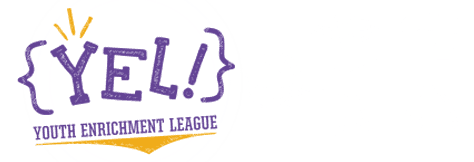
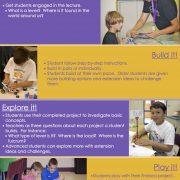
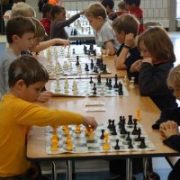



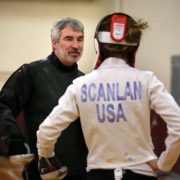







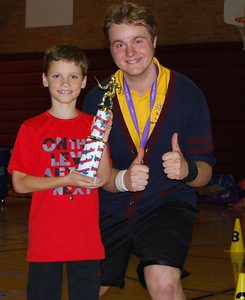 7. They present another positive role model.
7. They present another positive role model.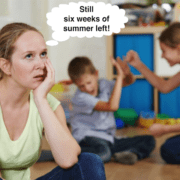


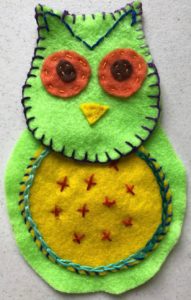
 novice “builders” of origami projects valued their project more than “buyers” who were asked how much they would pay for the project. The study continued by having the “builders” build their origami with fewer and fewer directions. In the last phase of the study, critical steps in the “builders” instructions were removed. After building with less instruction, the “builders” valued their projects more than five times higher than “buyers” valued the same project. The more you do yourself, the more creativity you invest, the more you value what you’ve made.
novice “builders” of origami projects valued their project more than “buyers” who were asked how much they would pay for the project. The study continued by having the “builders” build their origami with fewer and fewer directions. In the last phase of the study, critical steps in the “builders” instructions were removed. After building with less instruction, the “builders” valued their projects more than five times higher than “buyers” valued the same project. The more you do yourself, the more creativity you invest, the more you value what you’ve made.
 Controlling the foot pedal while feeding the fabric across the bed of the machine; being careful to keep your fingers well away from the needle; following instructions; measuring, cutting, pinning and sewing to make the dress to spec; even the basic task of threading a needle, all of this requires self-discipline and patience. Our instructors will guide, instruct and encourage students, but it is up to each student to construct their projects.
Controlling the foot pedal while feeding the fabric across the bed of the machine; being careful to keep your fingers well away from the needle; following instructions; measuring, cutting, pinning and sewing to make the dress to spec; even the basic task of threading a needle, all of this requires self-discipline and patience. Our instructors will guide, instruct and encourage students, but it is up to each student to construct their projects.